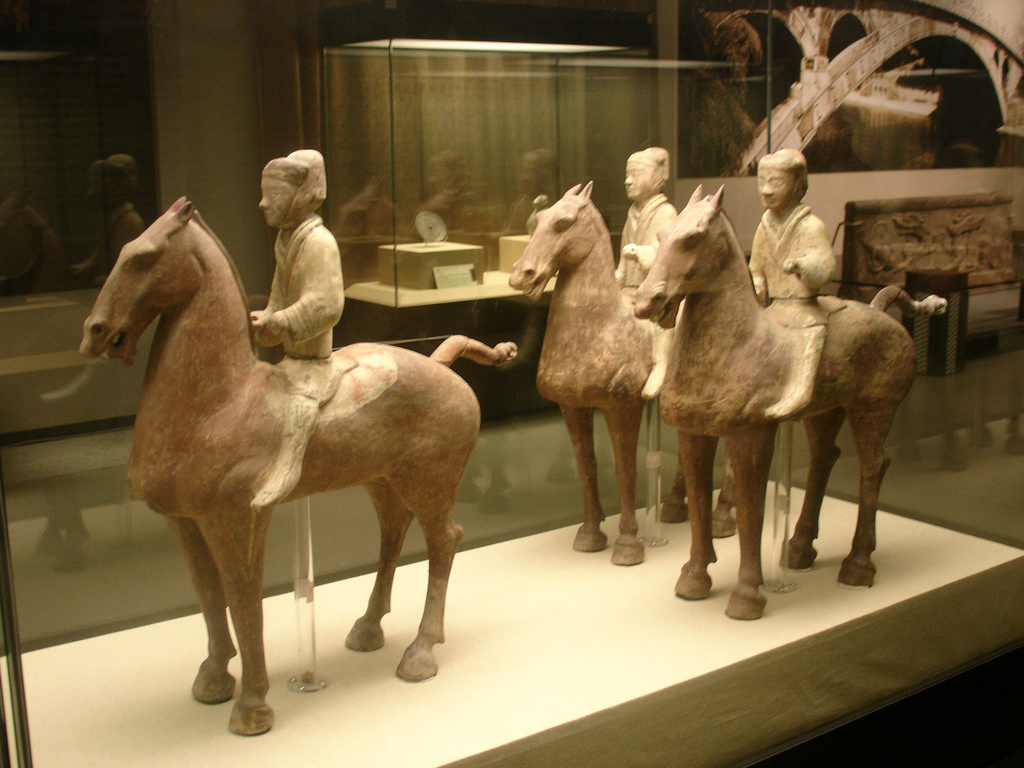Ceramic figurines of soldiers both infantry and cavalry western han period shaanxi history museum xi an in 112 bc a crisis in the kingdom of nanyue modern guangdong guangxi and northern vietnam erupted leading to military intervention.
Ceramic cavalry han.
Cheval horse or horsemen are soldiers or warriors who fight mounted on horseback cavalry were historically the most mobile of the combat arms an individual soldier in the cavalry is known by a number of designations such as cavalryman horseman dragoon or trooper the designation of cavalry was not usually given to any military forces that used other.
9 23 ce who usurped the throne from a child han emperor.
A han chinese glazed ceramic figurine of a mounted horse archer 50 bc to 50 ad late western or early eastern han dynasty.
In china heavy cavalry was developed during the han dynasty 202 bc 220 ad with armoured lancers becoming widespread during the western han era.
Armoured cavalry with both soldier and steed clad in complete armour were employed in the late han dynasty and became widespread in the 4th century ad where it was the main striking force of.
Selecting horses men horses indigenous to ancient china were quite small compared to those available to the northern nomadic tribes of asia and now that cavalry troops had proven.
The imperial herds numbered 325 700 horses in 794.
In the winter of 200 bc.
The han dynasty 206 bce 220 ce was a period of ancient china divided into the western han 206 bce 9 ce and eastern han 25 220 ce periods when the capital cities were located at chang an and luoyang respectively it was founded by emperor gaozu of han and briefly interrupted by the regime of wang mang r.
The song 960 1279 through ming dynasty 1368 1644 armies relied on an officially supervised tea for horse trading systems which evolved over centuries.
Jan 22 2014 explore vern rowe s board horses of the tang dynasty followed by 720 people on pinterest.
See more ideas about horses horse sculpture tang.
The armies of the early han doubled the cavalry component to 20 of the total army and used it to good effect in han founder liu pang s battles with hsiang yu.
In 166 bc he personally led 140 000 cavalry to invade anding reaching as far as the imperial retreat at yong.
The shumei warrior and horse tomb figure is stylistically similar to those found in the tombs at yangjiawan xianyang shaanxi province in 1965 which are believed to have belonged to a western han prime minister zhou bo and his son zhou yafu 2 within these tombs the ceramic painted cavalry acted as a rear guard behind the foot soldiers.










